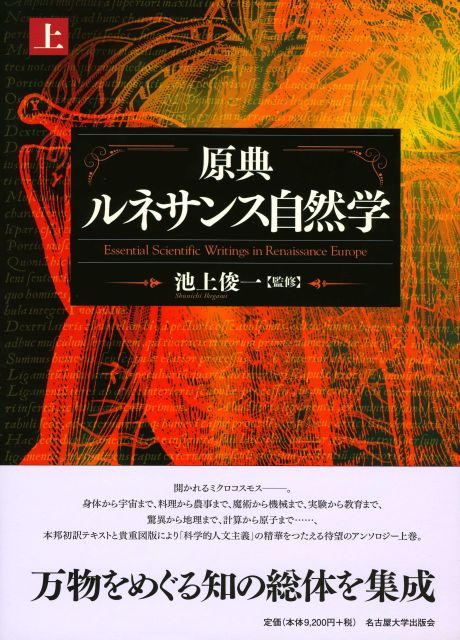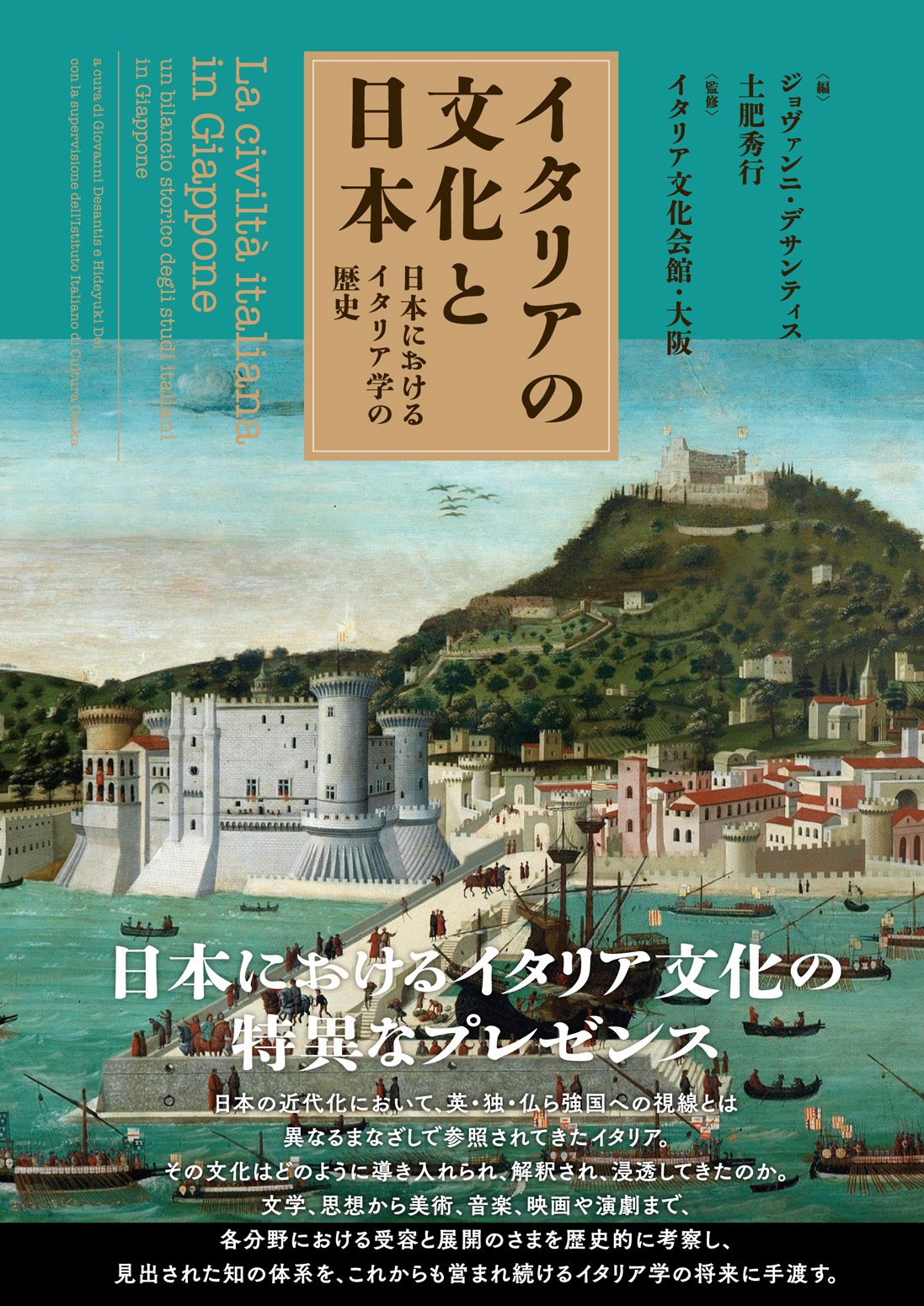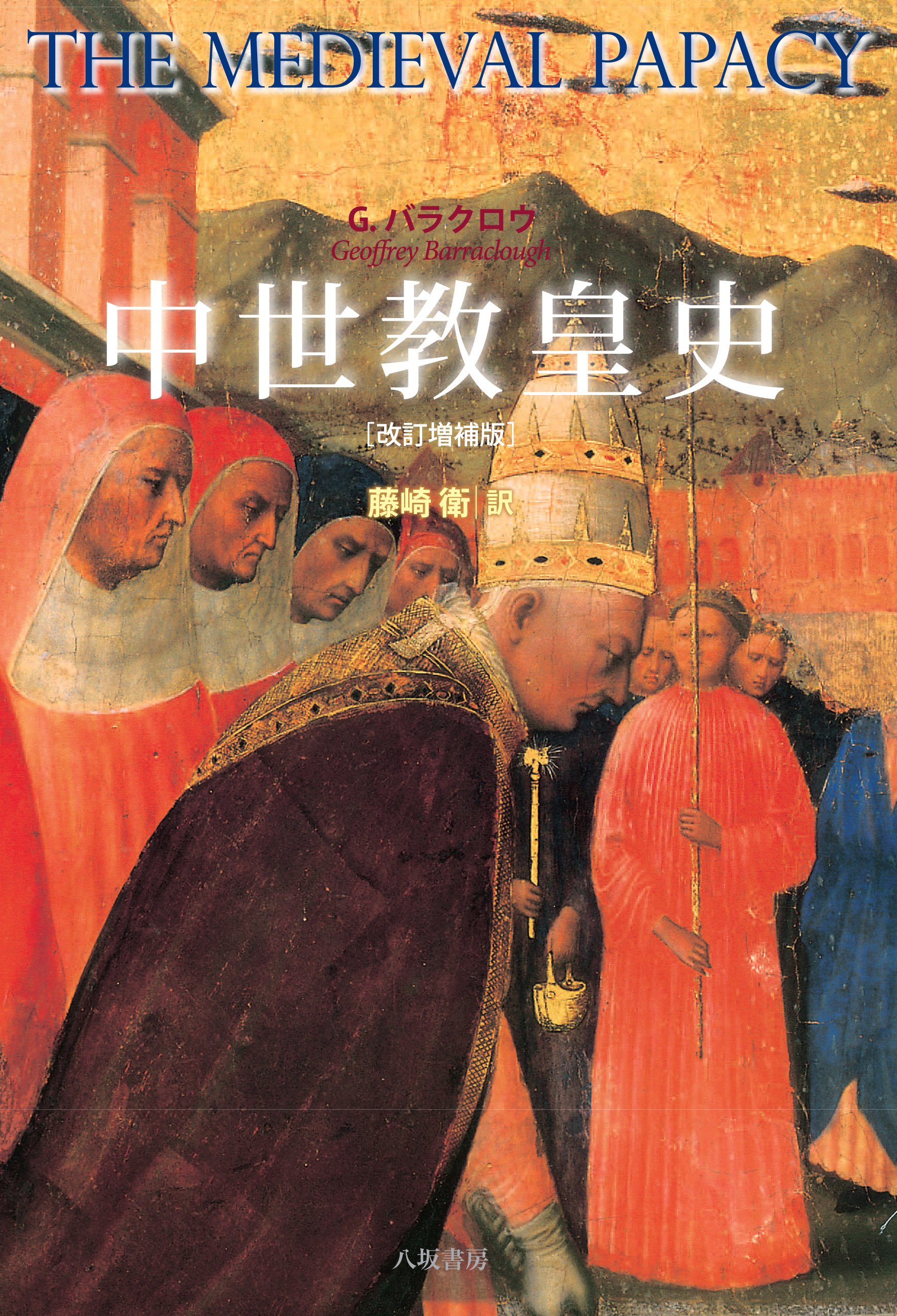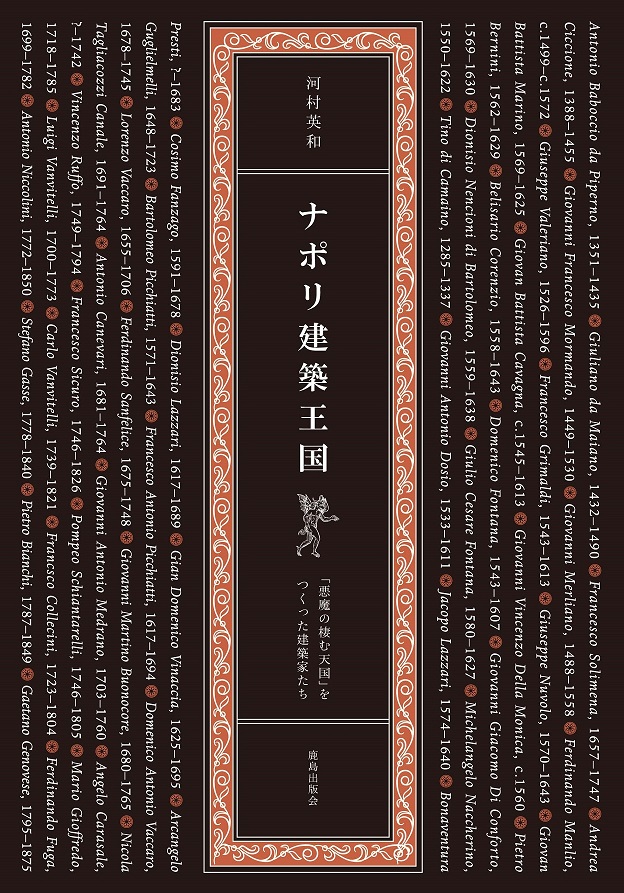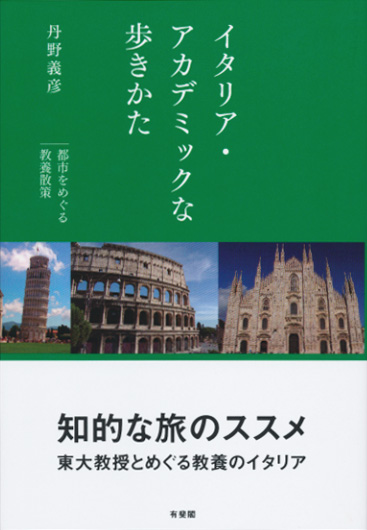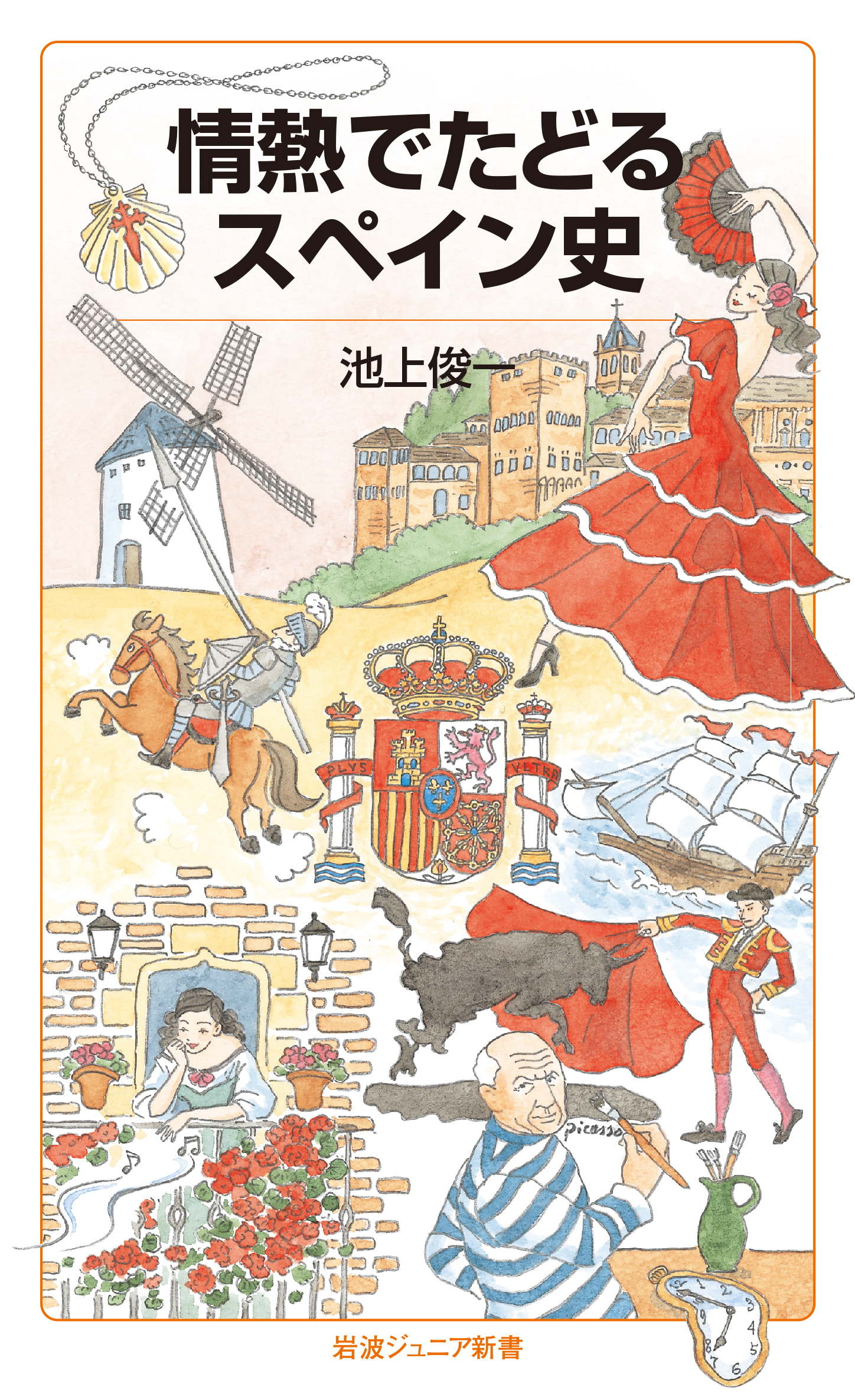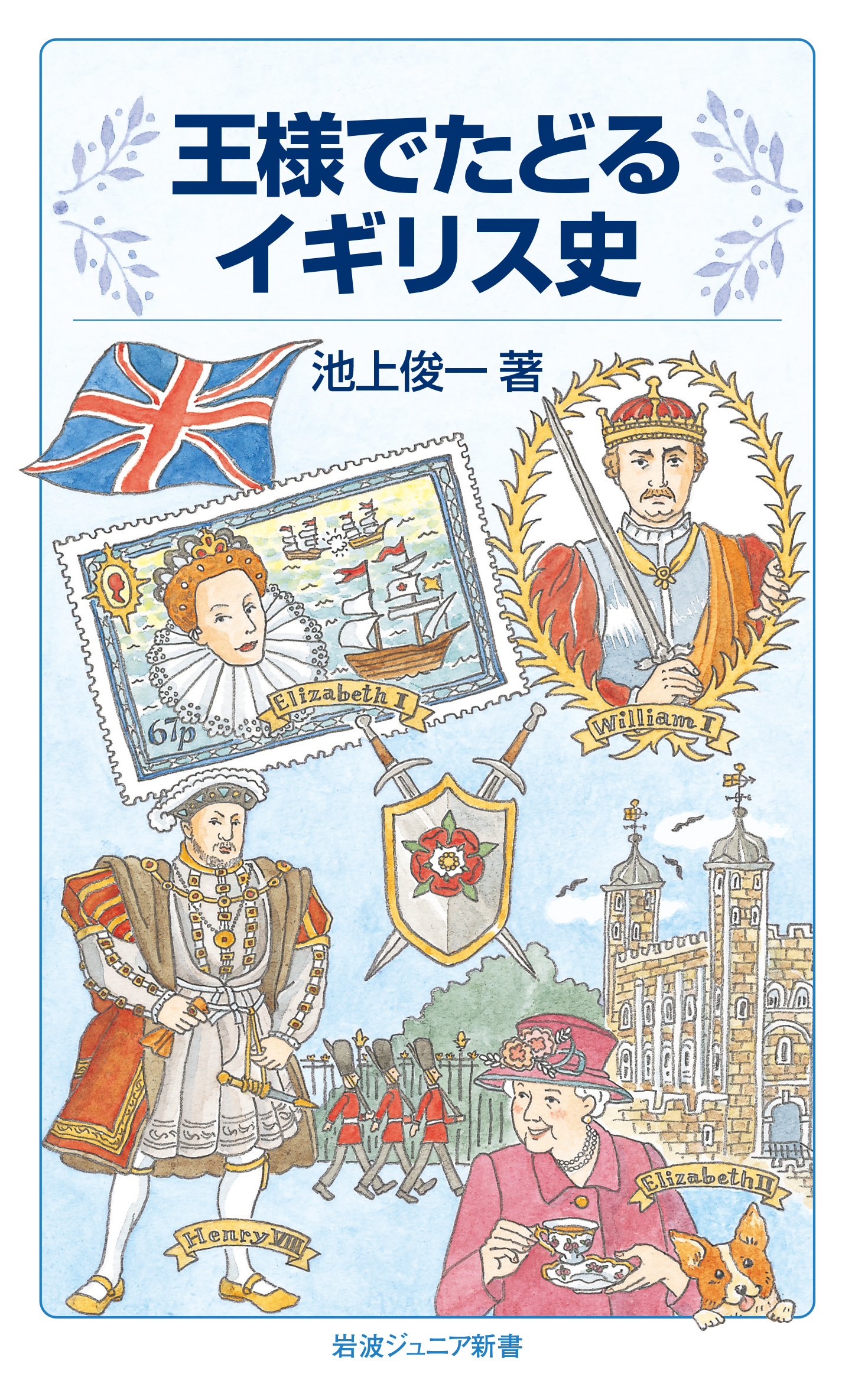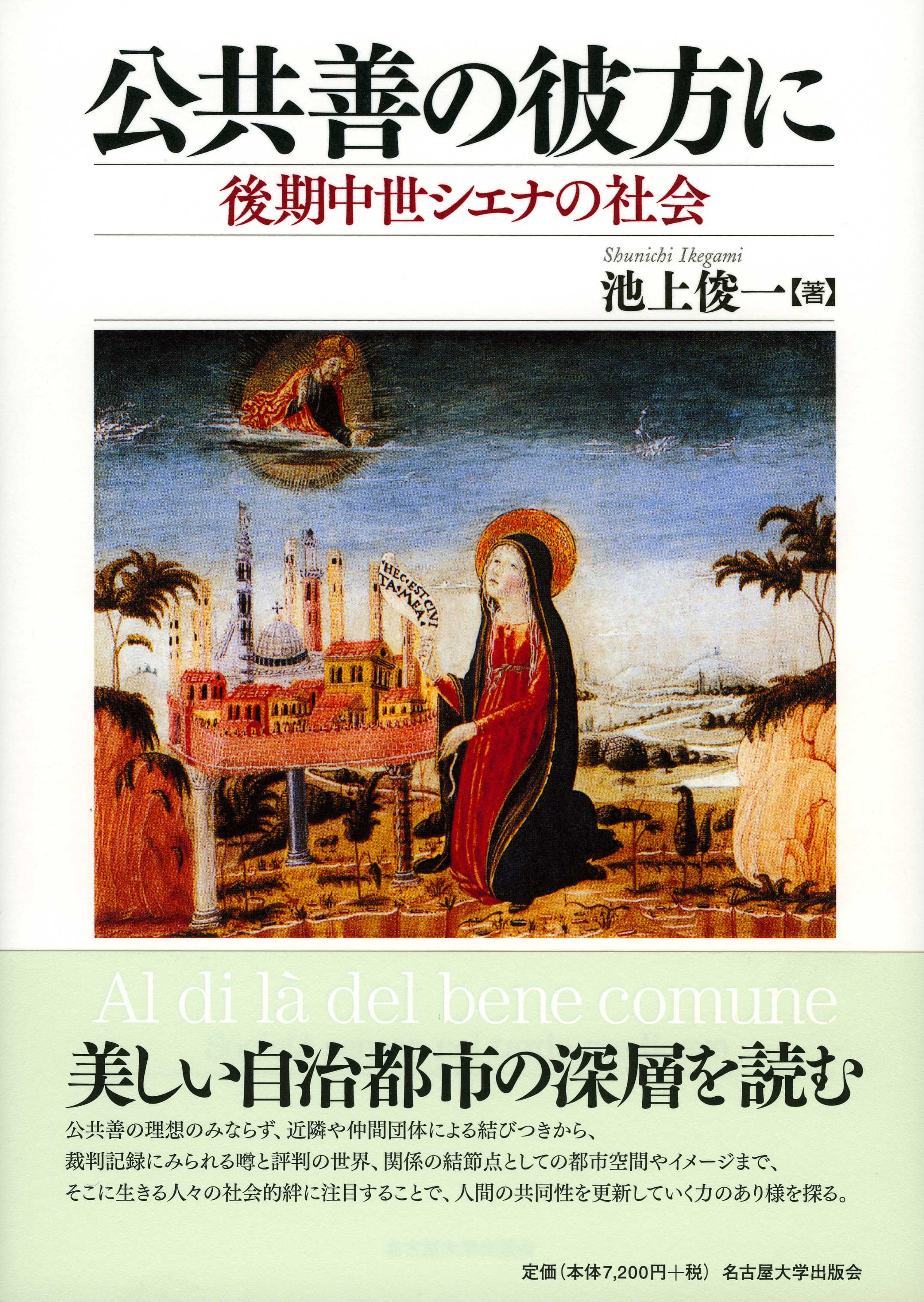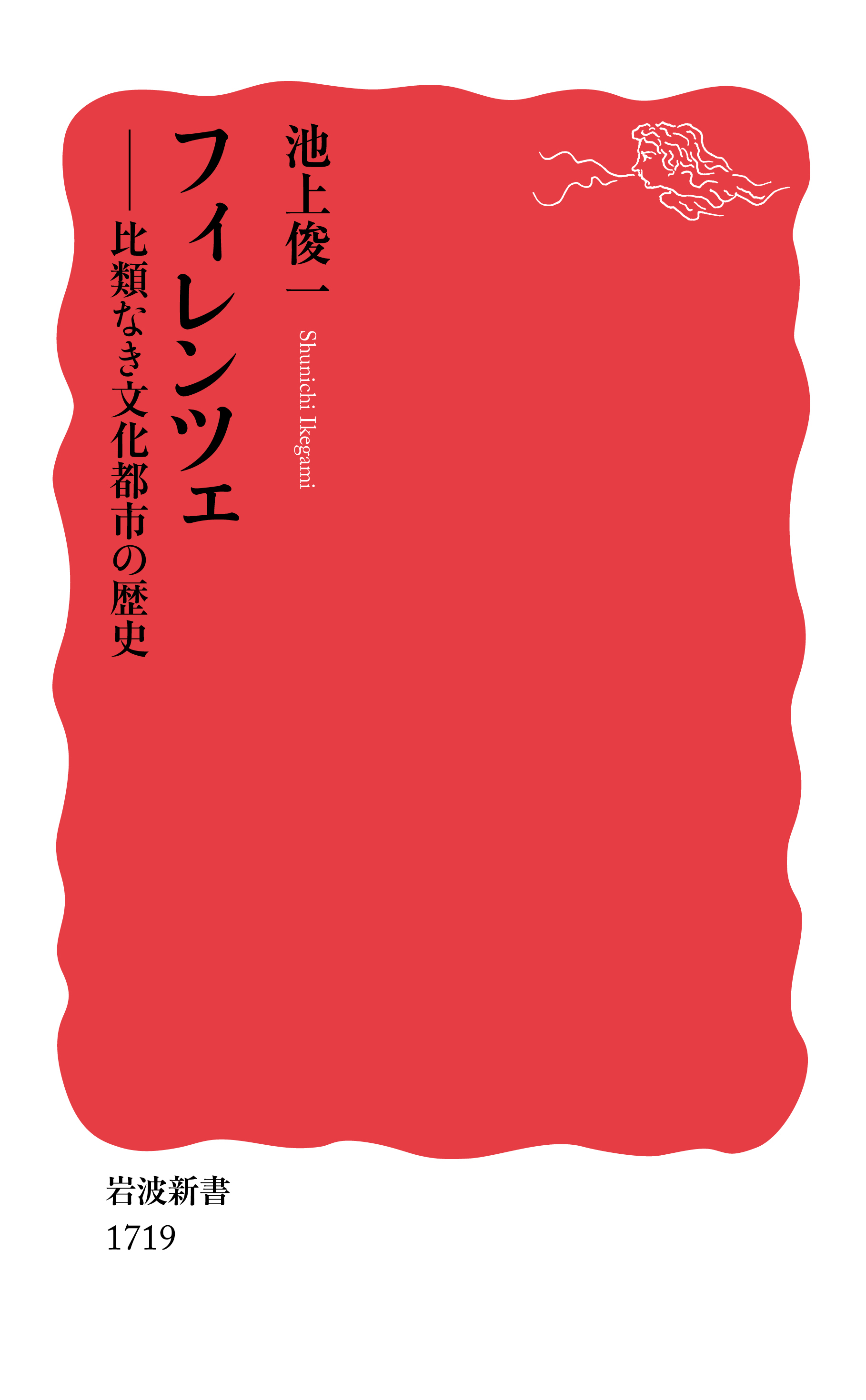
Title
Iwanami Shinsho Firenze (Florence – The History of an Unparalleled Cultural City)
Size
288 pages, paperback pocket edition
Language
Japanese
Released
May 22, 2018
ISBN
9784004317197
Published by
Iwanami Shoten.
Book Info
See Book Availability at Library
Japanese Page
In this book, the circumstances under which the key Renaissance city of Florence emerged and the meaning it carries in the present day are made clear, as the history of the city is traced from ancient to modern times.
Florence was established on the two important foundations of ancient and medieval heritage. The influence of ancient history can be clearly seen in the term “Renaissance,” which refers to a “rebirth” of ancient times. The intellectuals of Florence around the 15th century greatly admired the political systems and cultures of pagan Greece and Rome; while fervently pursing a form of government based on liberty, equality, and republicanism modeled after the Greek polis and the Roman Republic, they also sought the essence of humanism found in the works of the ancient classical authors. At private meetings for scholars of humanism (academies) and at the Court of the Medici, ideas were developed through dialogue and discussion, bringing unique political, ethical, and relational theories and more to fruition. The influence of ancient history is also apparent in the trends followed by painters, sculptors, and architects of the time, who studied the standards of proportion and harmony valued in ancient Greece and Rome while also attempting to divest themselves of the Byzantine and Gothic styles. The spread of ancient classical culture also led to an improvement in the literacy rate among citizens, and to the development of educational institutions from primary schools to universities. The ancient Roman city at the heart of Florence has remained the center of the city grid since the Renaissance period, and this important marker of continuity is also covered.
Medieval influences upon Florence include a key civilization organization method from the Middle Ages known as the commune, or autonomous medieval commune; this device was realized to its highest degree in Florence and served as the incubator for Renaissance culture development. A second major element of influence is the importance of the family structure, which persisted in Florence from the Middle Ages to the Renaissance. Even during the social changes of the Renaissance, families lived in the same city block as much as possible, in order to combine their power and to foster conscious connections with esteemed ancestors. Many powerful families became patrons, sponsoring artists and spreading their influence to create an extension of their interests. Indeed, the city itself was regarded as part of the extended family, with the honor of the city considered the honor of the family.
Additionally, the citizens of Florence during the Renaissance period were no less devoutly Christian than medieval citizens; the influence of the Mendicant friars was particularly great. This was one reason for the large number of donations and testamentary gifts to churches, monasteries, and charity hospitals/orphanages. With the "family chapels" of Florence's major monasteries serving as a typical example, the majority of Renaissance art was religious art such as church buildings and sculpture or paintings housed therein; in this sense, the Renaissance was not only the regeneration of ancient classical culture but also a revitalization of medieval Christianity.
From this foundation, the second half of this book examines the history of Florence from the Renaissance to the present. The ambivalent relationship between the prosperity of the Medici family and the republican spirit of the communes was greatly distorted by the Medici dictatorship, and this tension has lasted from the late Renaissance period through modern times. Indeed, though the shape has changed, that spirit remains alive in the present day, serving as a banner of resistance for progressives and liberals against those in power. It is due to the endurance of this inquisitive, free-thinking spirit that Florence has become the preeminent cultural city in the world.
(Written by IKEGAMI Shunichi, Professor, Graduate School of Arts and Sciences / 2018)



 Find a book
Find a book


 eBook
eBook